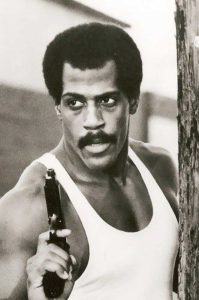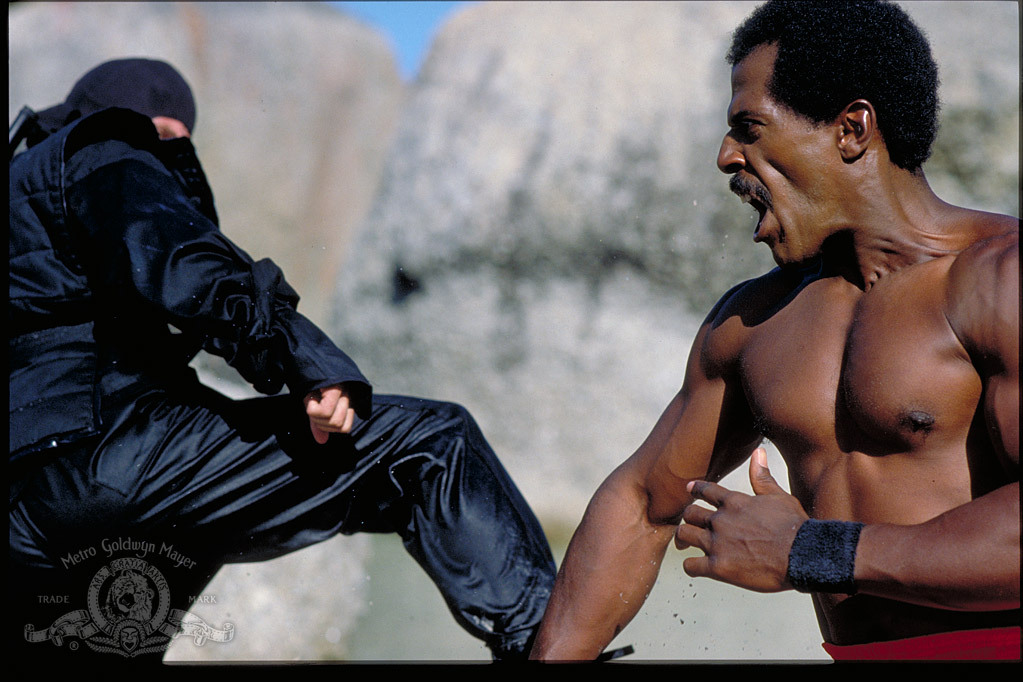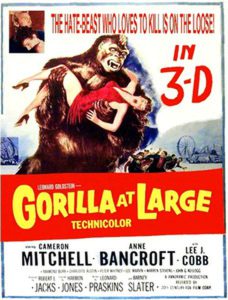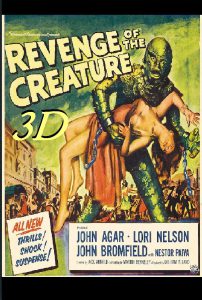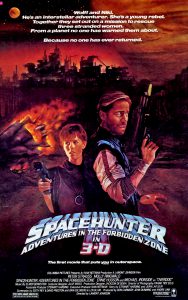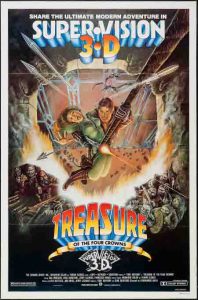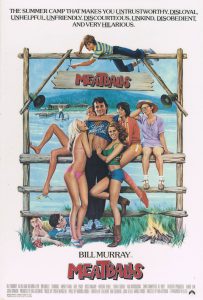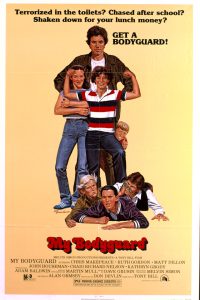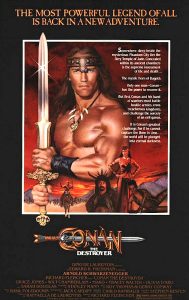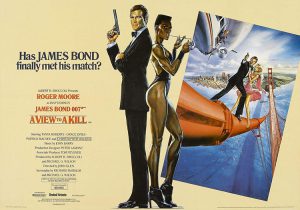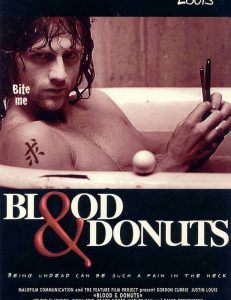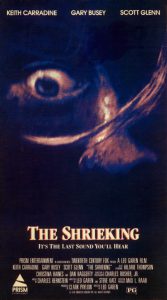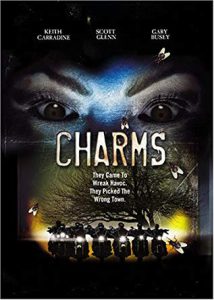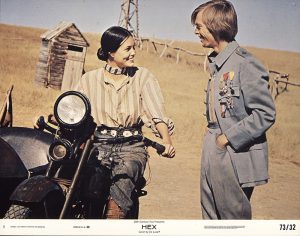#FridayNightAtTheHomeDriveIn
American Ninja 2: The Confrontation (1987)
by #SamFirstenberg w/ #MichaelDudikoff #SteveJames #LarryPoindexter
"…a remote Caribbean island… a super-criminal called The Lion… an army of mutant #Ninja warriors."#80s #NotQuiteClassicCinema pic.twitter.com/X4MZJrZ2NU— Angus Kohm (@AngusKohm) March 21, 2020
I remember seeing American Ninja (1985) with my friends when it was brand new, and we loved it. So, how is it that I never saw any of the sequels until last friday?
I saw Enter The Ninja (1981), Revenge of the Ninja (1983), Ninja III: The Domination (1984) and even Pray for Death (1985) back in those early days of home video rentals. American Ninja was simply the latest in a long line of entertaining Ninja movies made by Cannon FIlms, or The Cannon Group, Inc. Three of those films, including American Ninja, were directed by Sam Firstenberg. So, when American Ninja 2: The Confrontation – also directed by Sam Firstenberg – came out in 1987, where the hell was I?
It’s not that the movie was a failure. According to the IMDb, it grossed $4,000,000 on a budget of $350,000. That’s a respectable profit. And I certainly remember the movie coming out. Why didn’t I see it?
Until I can get my hands on a time machine and go back and ask myself what I was thinking, I will probably never know the answer to this riddle. The good news is, American Ninja 2 is every bit as entertaining to me now as it would have been back in the ’80s – maybe more so. I was pleased to see that both Michael Dudikoff – the titular star of American NInja – and his fellow soldier/buddy/sidekick, Steve James were back for American Ninja 2: The Confrontation.
Steve James is incredibly likeable in this movie, and it isn’t hard to imagine that he could have gone on to star in his own action movie franchise. He’s certainly in remarkable shape, with a well toned muscular physique. But he also has that intangible thing that can make a person a star – screen presence. He’s funny, he’s charismatic, he’s tough – in short, he’s a believable action hero. While watching American Ninja 2: The Confrontation, I was sure that I recognized James from other movies I’ve enjoyed – like maybe The Exterminator (1980) or Hero and the Terror (1988). I found myself wondering what ever happened to him.
Perhaps I knew this at some point in the past, but I was surprised to learn that Steve James died in 1993 at age 41.
Man, I hate finding out stuff like that. I always look up movies after I watch them and read about everyone involved. And it seems like far too often I find out that one of the key people – usually an actor, but sometimes a director or writer – died far too young. Some examples off the top of my head: Claudia Jennings (29), directors Tom Gries (54), and Peter Carter (48), Cheryl “Rainbeaux” Smith (47) and one of her co-stars in Revenge Of The Cheerleaders (1976), Helen Lang (42).
We all know that Jean Harlow died too young (at age 26) – but her co-star in Platinum Blonde (1931), Robert Williams, died of appendicitis at age 37 the same year the movie was released!
The causes of death include everything from car accidents to heart attacks, to complications from drug abuse.
According to the IMDb, it was pancreatic cancer that got Steve James.



